CD60 Capacitor: Your Comprehensive Guide to Motor Starting Power
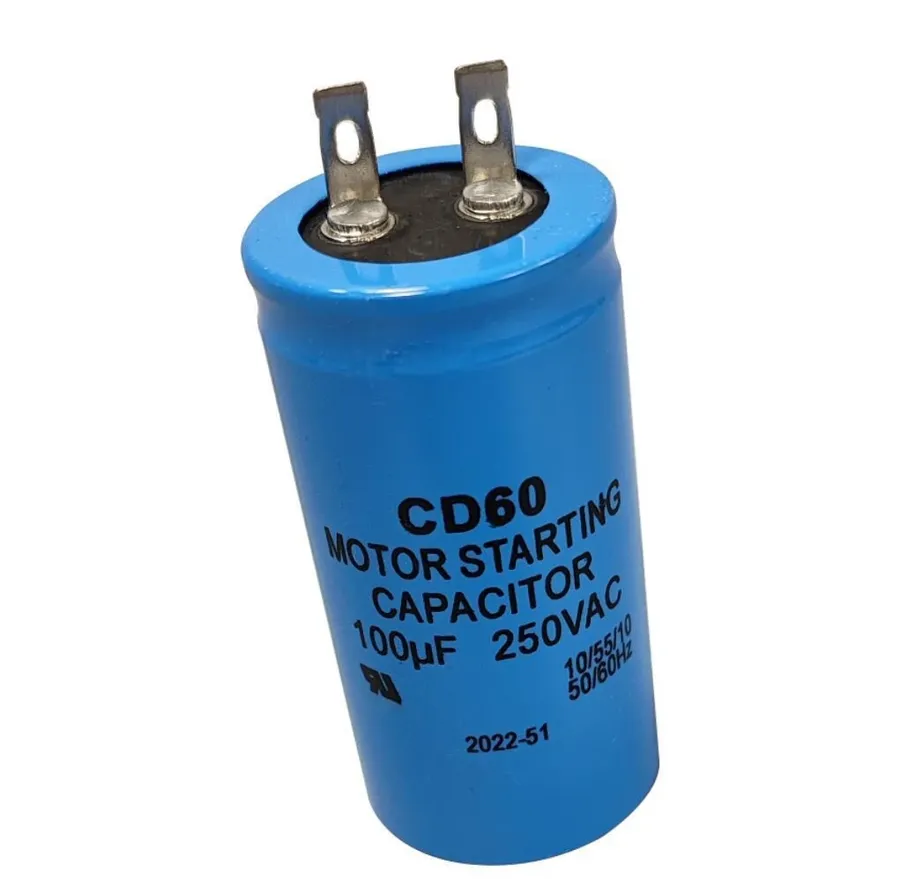
In the realm of electrical engineering, the humble capacitor plays a crucial role, particularly in AC motors. Among these, the CD60 capacitor stands out as a workhorse for providing the necessary torque to kickstart motors. Just like a strong push to get a car going, the CD60 provides that initial electrical burst of energy. This article aims to shed light on the importance of the CD60 capacitor, exploring its function, applications, and troubleshooting tips.
Understanding the CD60 Capacitor: Core Functionality

The CD60 capacitor is a crucial component in single-phase AC motor starting systems, specifically designed to provide the necessary torque to initiate motor rotation. Its functionality stems from its ability to store and release electrical energy, creating a phase shift in the motor's windings. This phase shift generates a rotating magnetic field, enabling the motor to overcome inertia and begin operating. Unlike capacitors used for continuous operation, the CD60 capacitor is designed for intermittent use during the brief startup phase.
The CD60 capacitor's construction typically consists of non-polarized, metallized polypropylene film wound into a cylindrical shape, encased in a robust, insulated housing. This design ensures reliable operation under the high voltage conditions required for motor starting. The selection of materials like polypropylene provides a balance of high capacitance and low dissipation factor, which are critical for its application. Understanding this construction is key to appreciating how CD60 capacitors contribute to the efficiency and reliability of motor-driven equipment.
CD60 Capacitor Specifications: Voltage, Capacitance, and Frequency
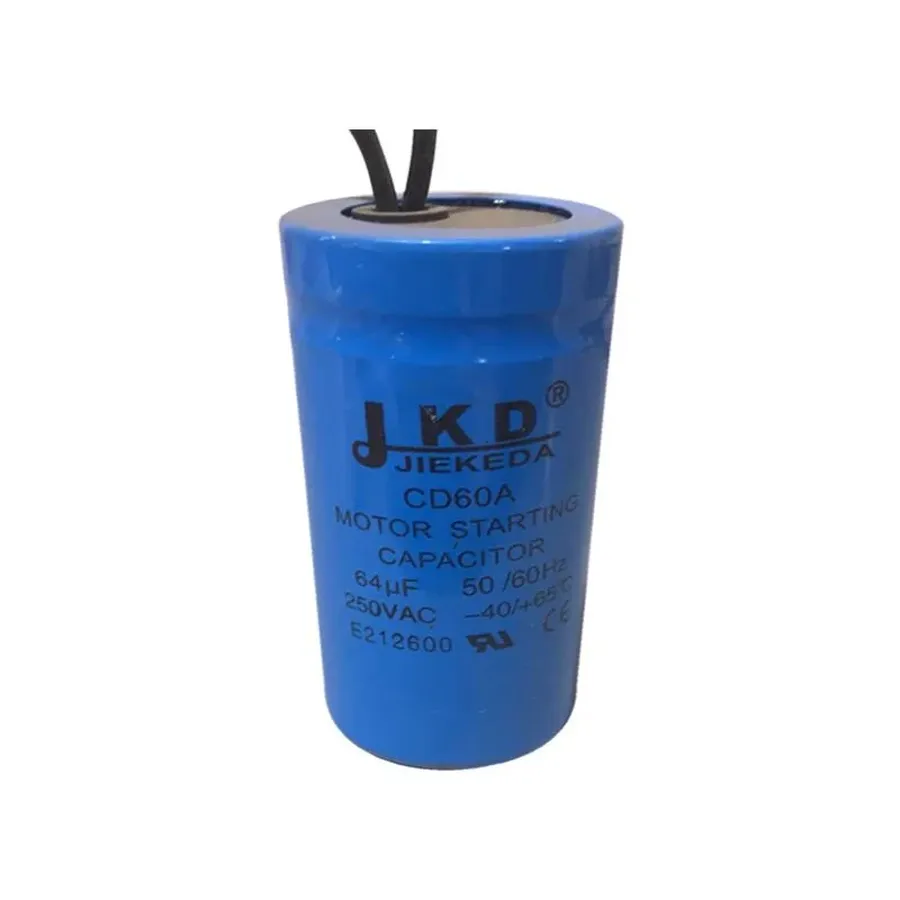
Understanding the specifications of a CD60 capacitor is crucial for ensuring proper motor operation and longevity. These capacitors are characterized by their voltage rating, capacitance value, and operational frequency, each playing a vital role in their performance within motor starting circuits.
| Specification | Description | Typical Values | Impact on Performance |
|---|---|---|---|
| Voltage Rating | The maximum voltage the capacitor can safely withstand. Exceeding this can lead to failure or damage. | 110V, 125V, 220V, 250V, 330V, 400V, 450V AC | Ensures capacitor does not break down due to high voltage. The capacitor should match or exceed the circuit voltage. |
| Capacitance | The capacitor's ability to store an electrical charge, measured in microfarads (µF). | 25µF, 50µF, 88µF, 100µF, 150µF, 200µF, 250µF, 300µF, 350µF, 400µF, 450µF, 500µF | Determines the starting torque delivered to the motor. An incorrect capacitance can cause start-up issues or damage. |
| Operational Frequency | The frequency of the AC power supply for which the capacitor is designed to operate. | 50Hz, 60Hz | Ensures the capacitor works effectively with the specific power supply frequency. Incompatible frequencies can lead to performance issues. |
It is important to note that CD60 capacitors are designed for intermittent use, specifically during the motor starting phase. They are not meant for continuous operation and should not be used in place of motor run capacitors like CBB60 types, which are designed for continuous duty cycles.
CD60 Capacitor Applications: Where Are They Used?
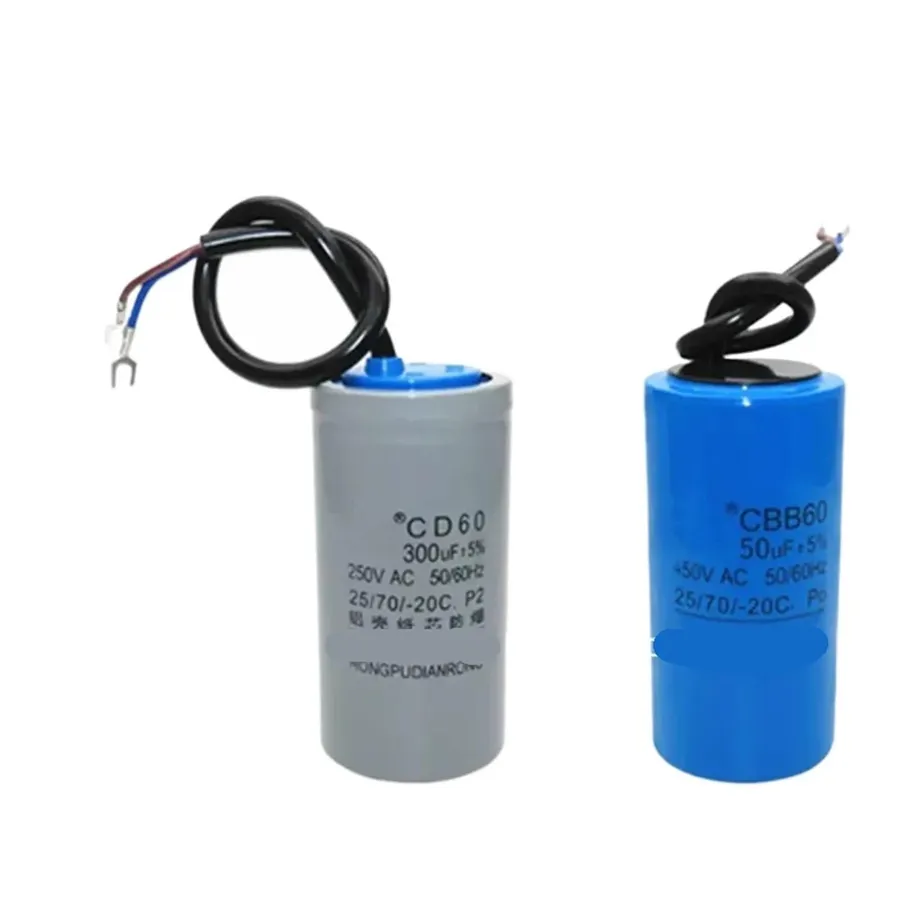
CD60 capacitors are indispensable components for single-phase AC motors, particularly in applications requiring significant starting torque. Their primary function is to provide the necessary electrical boost to initiate motor rotation, and this makes them essential in various industrial and domestic settings. The robust design of CD60 capacitors ensures that motors can reliably overcome the initial inertia and reach their operational speeds.
- Air Compressors
In air compressors, CD60 capacitors provide the high starting torque necessary for the compressor motor to overcome the initial load, enabling efficient compression of air. - Refrigerators and Freezers
Refrigeration units use CD60 capacitors to ensure the compressor motors can start reliably and efficiently, maintaining the necessary cooling process. - Air Conditioners and Heat Pumps
Air conditioners and heat pumps rely on CD60 capacitors to start the compressor and fan motors, ensuring optimal cooling or heating operation. - Single-Phase AC Motors
Various single-phase AC motors in pumps, fans, and other machinery depend on CD60 capacitors for the necessary start-up boost. This wide application makes CD60 capacitors a common component across many devices. - Washing Machines and Dryers
These appliances use CD60 capacitors to initiate the drum rotation and other motor-driven functions that require a high initial torque to start the motor. - Power Tools
Some power tools using single-phase AC motors, like bench grinders or concrete mixers, employ CD60 capacitors to ensure strong starting torque for heavy-duty operation.
The reliable performance and versatility of CD60 capacitors make them a crucial part of many systems, and they ensure motors can efficiently and effectively perform their functions. Their ability to provide a quick surge of power during motor start-up is vital in a wide range of applications.
Selecting the Right CD60 Capacitor: A Step-by-Step Guide
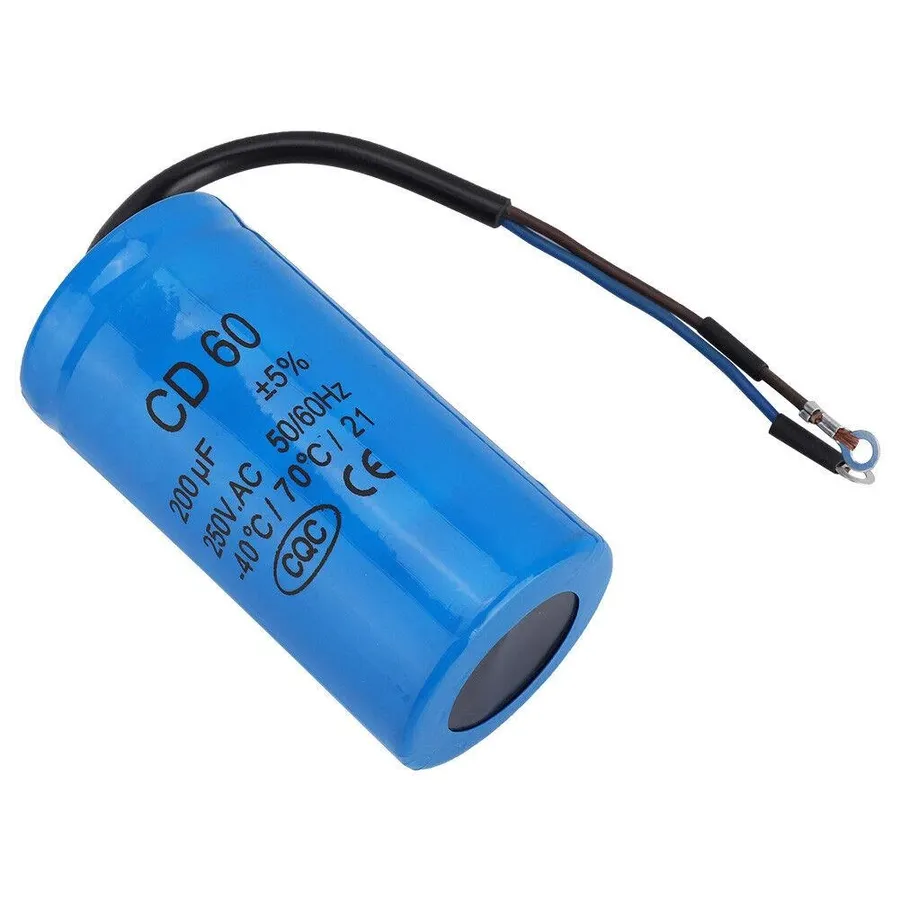
Selecting the correct CD60 capacitor is crucial for ensuring reliable motor starting and preventing damage. This process involves a careful analysis of the motor’s requirements, including voltage, capacitance, and the operating environment. Improper selection can lead to inefficient motor operation, premature capacitor failure, or even motor damage, therefore understanding how to match the right capacitor is important.
Here's a step-by-step guide to help you select the appropriate CD60 capacitor:
- Identify Motor Specifications
Begin by consulting the motor's nameplate or documentation to ascertain its voltage and starting capacitance needs. The motor's rated voltage must match or be less than the capacitor's voltage rating. The capacitance value, typically in microfarads (µF), is usually located on the original capacitor or the motor specification. - Determine Voltage Requirements
The capacitor's voltage rating must be equal to or greater than the motor's operating voltage. Exceeding the voltage rating may lead to a capacitor failure. Standard CD60 capacitors are available for 110VAC, 220VAC and 240VAC systems and beyond. The system voltage will be easily determined based on the motor, compressor, or system to be used. - Match Capacitance Value
The capacitance is specified in microfarads (uF or mfd). It's essential to match the capacitance value of the original capacitor or what the motor specifications require. A slight deviation (e.g. +/- 5%) is generally acceptable, but large differences in capacitance can cause issues with the motor, including overheating and reduced starting torque. - Consider the Operating Environment
Take into account the environmental conditions where the capacitor will operate. Extreme temperatures, humidity, and vibration can affect a capacitor's lifespan and performance. Select a capacitor rated for the environment, or place it in an environment that is rated for the capacitor. Some capacitors have an ambient temperature operating range, which will help during the selection process. - Physical Size
Ensure the physical dimensions of the replacement capacitor fit within the space allocated within the motor housing or control box. While electrical specifications are paramount, the physical size should not be overlooked to ensure compatibility and secure fitment. When replacing the capacitor, it's important to check that the replacement capacitor has the same mounting hardware (screw, clamp, etc). - Cross-Referencing Old Capacitors
If replacing an old capacitor, make note of its electrical ratings (voltage and capacitance), also make note of any physical size restraints. If the rating is not available, consult the motor manufacturer or an electrical professional. It's good practice to write down the capacitor specifications and any other relevant information about the system, and any issues you had.
| Parameter | Importance | Action |
|---|---|---|
| Motor Voltage | Must match or be less than the capacitor voltage rating | Check the motor nameplate; select a capacitor with an equal or higher voltage rating. |
| Capacitance (µF) | Must match the specified value to ensure proper motor torque | Use the original capacitor's value, or refer to motor documentation; minor +/- is acceptable. |
| Operating Temperature | Ensures that the capacitor can function reliably in the motor's environment | Select a capacitor rated for the environment the motor and capacitor will be operating in; do not exceed the capacitors operating range. |
| Physical Size | Must fit within the allocated space in the device | Measure the physical dimensions of the old capacitor and ensure the replacement will fit. |
Installation and Safety Precautions When Working with CD60 Capacitors
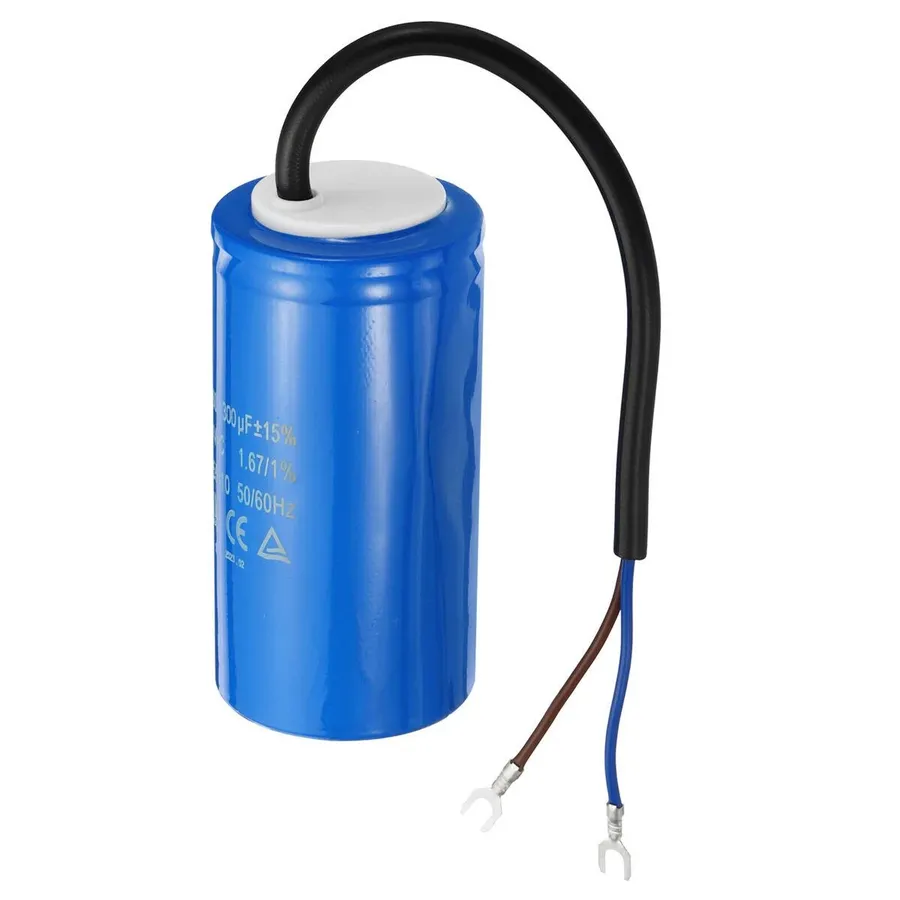
Proper installation of CD60 capacitors is crucial for ensuring reliable operation of motor-driven equipment and for personal safety. This section outlines the essential safety measures and best practices to follow when handling and installing these components.
Before starting any installation, remember that capacitors can store a significant electrical charge even after the power supply is disconnected. This residual charge can cause a dangerous electrical shock.
- Discharge the Capacitor
Prior to any handling, ensure the capacitor is completely discharged. This is done using a discharge tool. You can create one by attaching a 10-20k ohm resistor with insulated alligator clips to the two terminals. Never short the capacitor terminals with a wire alone; this causes a large and possibly dangerous current to flow. - Verify Correct Voltage and Capacitance
Confirm that the replacement CD60 capacitor's voltage and capacitance ratings match the old or specified capacitor for the application. An incorrect rating can damage the motor or cause premature capacitor failure. - Observe Proper Polarity
CD60 capacitors generally do not have polarity, and this should be confirmed before connecting the capacitor into the electrical circuit. This is different from electrolytic capacitors which require specific positive and negative terminals to be connected properly. - Use Correct Wiring Methods
Ensure all wiring connections are secure and use appropriate wire gauge for the application. Loose connections can result in poor performance or arcing that could cause a fire. - Avoid Over-Tightening
If the capacitor has screw-on terminals, do not over-tighten the screws. Over-tightening can damage the terminals or the capacitor. - Ensure Adequate Ventilation
Mount the capacitor in a location with adequate ventilation. Avoid enclosing the capacitor in an area that is likely to trap heat; this may reduce its lifespan. - Visually Inspect
Visually inspect the capacitor and wiring to ensure there are no cracks or other damage. Damaged capacitors should not be installed. - Test After Installation
After installation, test the application to ensure the motor starts properly and runs smoothly without any unusual sounds or vibrations.
Troubleshooting CD60 Capacitors: Diagnosing and Solving Common Issues
Diagnosing issues with CD60 capacitors is crucial for maintaining the functionality of single-phase AC motors. Early detection of a failing capacitor can prevent more significant damage to the motor and associated systems. This section details common symptoms of a failing CD60 capacitor and provides a structured approach to testing and replacing these components, incorporating both visual inspections and electrical testing techniques.
When troubleshooting, always remember safety. Ensure that power is disconnected, and the capacitor has been properly discharged before handling or testing.
- Common Symptoms of Failing CD60 Capacitors
Several telltale signs indicate a failing CD60 capacitor. These include a motor that hums but fails to start, a motor that starts slowly or with reduced power, frequent tripping of the circuit breaker during motor startup, or visible physical damage to the capacitor casing such as bulging or leaking. - Visual Inspection Techniques
A visual inspection is the first step in troubleshooting a CD60 capacitor. Look for any physical damage, such as swelling of the capacitor body, leakage of dielectric fluid, cracks or burns on the casing, and corrosion on the terminals. These are clear indications of a faulty capacitor and require replacement. - Electrical Testing with a Multimeter
If no visual damage is present, electrical testing using a multimeter capable of measuring capacitance (in microfarads, µF) is necessary. To test, set the multimeter to capacitance mode, disconnect the capacitor from the circuit (ensuring it's discharged), and connect the multimeter leads to the capacitor terminals. Compare the measured value with the capacitor's rated capacitance. If the reading is significantly lower (typically more than 10% below the rated value), the capacitor needs replacement. If a multimeter is not available, an ohmmeter can be used to assess the capacitor state. A good capacitor will briefly show a low resistance and then build to an open, and a bad capacitor will show either a short or an open. - Safety Measures Before Testing
Before testing, always discharge the capacitor to eliminate any residual electrical charge. Use a discharge tool or a resistor to carefully short the terminals, never touch the terminals directly or handle the capacitor if there is visual damage. This is critical to prevent electrical shock. - Correct Replacement Procedures
When replacing a CD60 capacitor, ensure the replacement capacitor matches the original in terms of voltage and capacitance ratings. Correctly wire the new capacitor as per the wiring diagram, ensuring proper polarity. Use appropriately insulated connectors. After replacement, verify motor operation by powering it on for a short test, while keeping a close eye to verify proper operation and that the motor is running smoothly. If issues persist or the capacitor again quickly shows signs of failing, there may be issues with the motor itself which must be diagnosed before the capacitor is replaced again.
CD60 vs. CBB60 Capacitors: Understanding the Key Differences
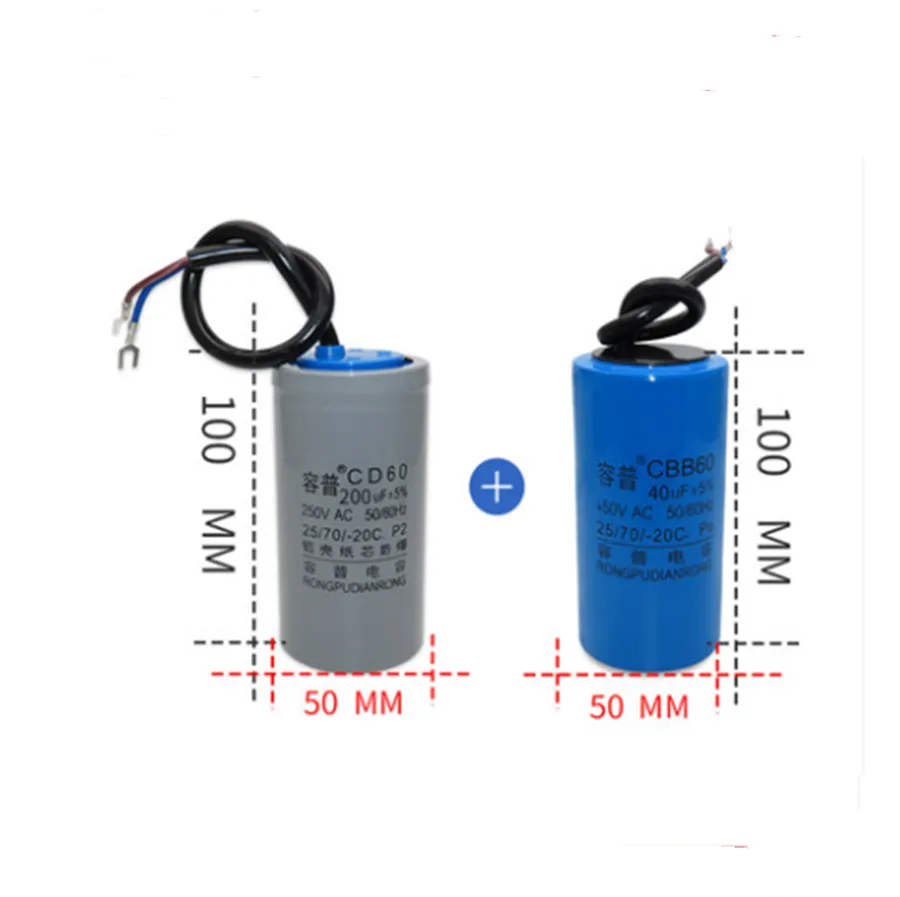
CD60 and CBB60 capacitors are both used in AC motor circuits, but they serve distinctly different purposes due to their design and electrical characteristics. Understanding these differences is crucial for proper motor operation and maintenance. The primary distinction lies in their application: CD60 capacitors are designed for motor starting, while CBB60 capacitors are for motor running.
| Feature | CD60 Capacitor | CBB60 Capacitor |
|---|---|---|
| Primary Function | Motor Starting | Motor Running |
| Operational Time | Intermittent (short bursts) | Continuous |
| Construction | Electrolytic | Metallized Polypropylene Film |
| Capacitance Tolerance | Wider, typically -10% to +20% | Tighter, typically ±5% |
| Current Handling | High surge current capacity | Lower continuous current capacity |
| Longevity | Shorter lifespan due to intermittent use and electrolytic nature | Longer lifespan due to continuous use and film construction |
| Cost | Lower | Higher |
The CD60 capacitor utilizes an electrolytic construction which allows for high capacitance in a compact form factor. This design is well suited to provide the initial high surge current required to overcome the motor's inertia at startup. The CBB60 capacitor on the other hand, employs a metallized polypropylene film construction. This type of design allows for reliable continuous operation with low losses and a long service life. Because of the differences in construction and duty, a CBB60 capacitor is not suitable as a replacement for a CD60 capacitor and vice versa.
Frequently Asked Questions About CD60 Capacitors
This section addresses frequently asked questions regarding CD60 capacitors, providing clear, concise answers to common user queries. These questions aim to clarify the function, applications, and troubleshooting aspects of CD60 capacitors.
- What is a CD60 capacitor and what is its primary function?
A CD60 capacitor is a motor start capacitor specifically designed to provide the high starting torque required by single-phase AC motors. It is not designed for continuous operation, hence it's a start capacitor and not a run capacitor. It temporarily boosts the current to initiate rotation. - What are the common symptoms of a failing CD60 capacitor?
Common symptoms of a failing CD60 capacitor include a motor that hums but does not start, slow motor start, the motor overheating during startup, or the motor experiencing reduced torque. The capacitor itself may show signs of physical damage, such as bulging or leaking. - How does a CD60 capacitor differ from a CBB60 capacitor?
A CD60 capacitor is a start capacitor intended for intermittent use during motor startup, while a CBB60 capacitor is a run capacitor designed for continuous operation. CD60 capacitors typically have higher capacitance for a short burst of power, whereas CBB60 capacitors maintain consistent motor performance. They are not interchangeable and substituting one for the other will lead to damage. - What are the visible signs of a bad motor start capacitor like a CD60?
Visible signs of a failing CD60 capacitor may include a bulging or cracked case, leaking dielectric fluid, burnt terminals or evidence of heat stress or swelling. These physical indications often accompany the electrical malfunctions mentioned previously. - Can I replace a CD60 capacitor with one of a different capacitance?
It is crucial to replace a CD60 capacitor with one of the same or very similar capacitance value, within the tolerance stated by the motor manufacturer. Deviating too far from the specified capacitance can lead to motor inefficiency, overheating, or damage. Slight differences, within a motor's tolerance range may be acceptable, but consulting the equipment specifications or an expert is advised. - Are CD60 capacitors polarized? Why does that matter?
CD60 capacitors are generally non-polarized, meaning that they do not have a positive and a negative terminal. This makes them suitable for use in AC circuits where the polarity changes continuously. This is in contrast to DC electrolytic capacitors where polarity must be observed during installation. However, improper connection can still cause operational problems and is discouraged. - What safety measures should I take when handling CD60 capacitors?
Always discharge a CD60 capacitor before handling to prevent electric shock, as it can retain a dangerous charge even after the equipment is powered off. Use insulated tools and ensure the equipment is disconnected from the power supply. If a capacitor shows signs of damage, handle with extreme care and replace immediately.
CD60 Capacitor: Maintenance and Longevity Tips
Ensuring the longevity and reliability of CD60 capacitors involves proactive maintenance and understanding their operational limitations. Proper care can significantly extend their lifespan, preventing premature failure and maintaining optimal performance in motor start applications. This section will outline key maintenance practices and environmental considerations for your CD60 capacitors.
- Environmental Protection
Shielding CD60 capacitors from extreme temperatures and humidity is crucial. Prolonged exposure to high temperatures can accelerate degradation of the internal dielectric materials, leading to reduced capacitance and eventual failure. Similarly, high humidity can cause corrosion of the terminals and internal components. Use protective enclosures to maintain optimal operating conditions. - Regular Inspection
Periodically inspect CD60 capacitors for physical signs of damage or wear. Look for bulges, cracks, or leaks on the capacitor casing, as these indicate internal damage and impending failure. Also, check for corrosion on the terminals, which can cause poor electrical contact. Any signs of physical degradation should be addressed promptly. - Proper Ventilation
Ensure that CD60 capacitors are installed in areas with adequate ventilation. Heat generated during operation can accumulate and contribute to capacitor degradation if the environment is not properly ventilated. Providing proper airflow will help dissipate heat and maintain a safe operating temperature. - Avoid Over-voltage Operation
Operating a CD60 capacitor above its rated voltage can cause rapid dielectric breakdown and reduce its service life. Always verify the motor's specifications and ensure that the chosen capacitor is rated for the required voltage. Over-voltage can also lead to premature failure and is unsafe. - Correct Capacitor Sizing
Using a capacitor with incorrect capacitance for the motor can result in stress on the capacitor. Too little capacitance can result in the motor not being able to start. Too much capacitance can cause a higher than normal current flow that can lead to overheating and reduced lifespan. - Discharge Before Handling
CD60 capacitors, like all capacitors, can store a significant charge. Always ensure the capacitor is fully discharged before handling to prevent electric shock. A resistor rated for the voltage and with sufficient wattage should be used to safely discharge the capacitor.
The CD60 capacitor is a cornerstone component in many electrical systems, ensuring motors start with the needed initial force. By understanding its function, selection criteria, and maintenance needs, you can ensure optimal system performance and longevity. Remember to always take appropriate safety measures when working with electrical components, and consult a professional when needed. Whether for your HVAC system or your garage tools, a properly working CD60 capacitor ensures your single-phase motors are ready to power your everyday life.
 AnyPCBA
AnyPCBA